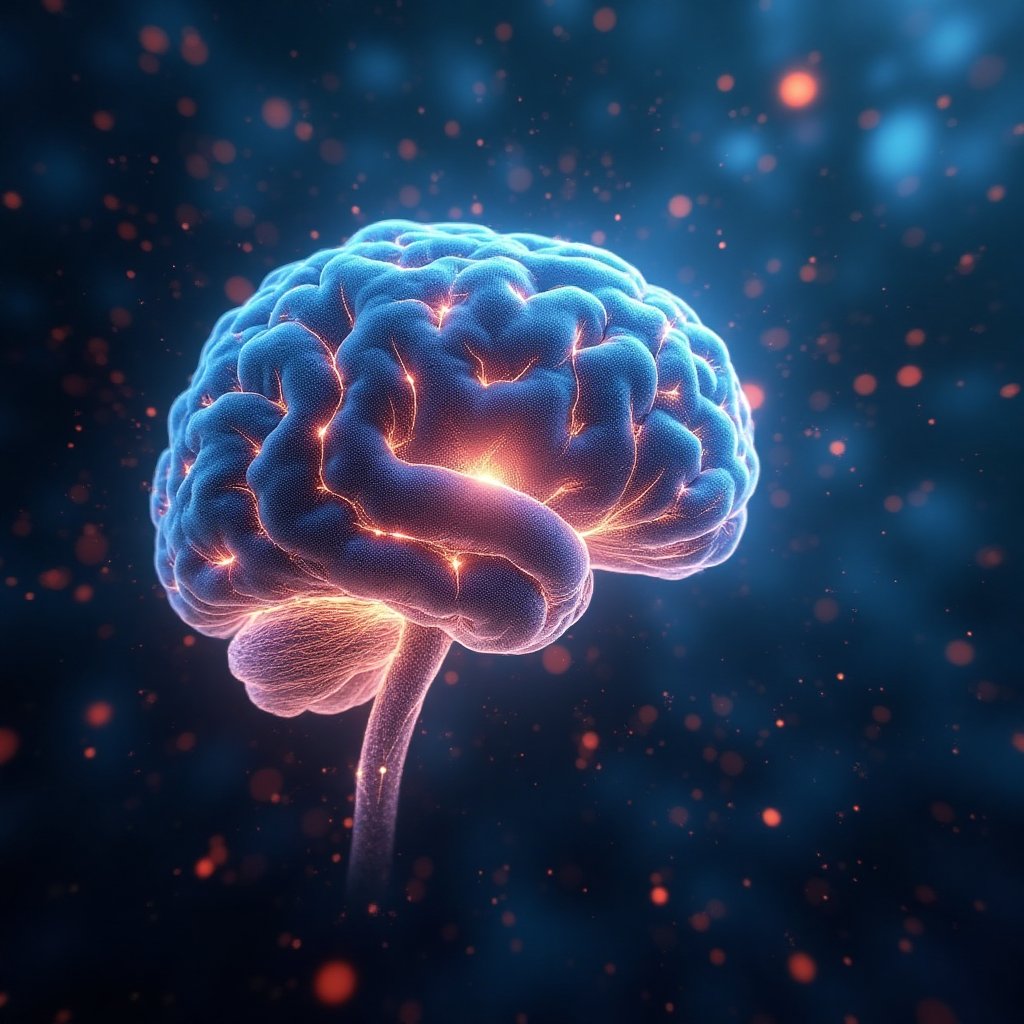Parkinson’s disease is one of those conditions that feels almost mystical in its complexity. It’s like a thief in the night, stealing away movement, control, and, over time, even identity. But here’s the thing: while modern medicine is still scratching its head about its origins and cures, there are ways to fight back. Today, we’re diving into what Parkinson’s really is, what might cause it, and—most importantly—what you can do to manage it better. This article is inspired by a few insightful videos, but we’re taking it further, adding layers of context, practical advice, and a healthy dose of hope.
What Exactly Is Parkinson’s Disease?
Parkinson’s disease is a chronic, progressive disorder of the central nervous system. Specifically, it targets a part of the brain called the substantia nigra. This area is responsible for producing dopamine, a neurotransmitter that acts like the brain’s messenger for movement. Think of dopamine as the conductor of an orchestra—it tells your body when to start moving and when to stop. But in Parkinson’s, this conductor is on a perpetual coffee break, leaving the orchestra in chaos.
The symptoms are unmistakable: resting tremors (that shaky feeling when you’re sitting still), muscle rigidity, slow movements, a stooped posture, and, eventually, dementia. It’s as if the body is gradually locking itself into a prison of immobility. And here’s the kicker: the cause is often labeled as idiopathic, which is just a fancy way of saying, “We don’t know.”
The Dopamine Dilemma
Dopamine is the MVP of neurotransmitters. It’s not just about movement; it’s also tied to mood, motivation, and even pleasure. When dopamine levels drop, it’s like your brain’s gas tank is running on empty. The standard treatment involves medications like L-Dopa, which tries to replenish dopamine levels. But here’s the catch: L-Dopa doesn’t work forever. Over time, its effectiveness diminishes, and patients are often switched to dopamine agonists, which mimic the effects of dopamine. But even these are more of a band-aid than a cure.
What’s Really Going On in the Brain?
If you dive into the research, you’ll find some intriguing clues about what might be happening in the brains of Parkinson’s patients. One of the big players is an abnormal protein called alpha-synuclein. This protein accumulates in the brain, clumping together and interfering with dopamine production. Sound familiar? It’s similar to the amyloid plaques seen in Alzheimer’s disease. These rogue proteins are like litterbugs in your brain, leaving behind garbage that disrupts its normal functions.
But what causes these proteins to go haywire? Research points to a few potential culprits. For starters, exposure to pesticides like paraquat has been linked to a higher risk of Parkinson’s. Then there’s head trauma, which has also been associated with the disease. It’s as if the brain, already under assault, decides to fight back in the worst possible way.
What Can You Do About It?
Now, let’s get to the good stuff: practical steps you can take to manage Parkinson’s disease. While there’s no magic bullet, there are strategies that can help slow down the progression and improve quality of life.
Step 1: Serrapeptase—The Enzyme Powerhouse
One of the most intriguing recommendations is the use of serrapeptase, a proteolytic enzyme derived from silkworms. This enzyme is a bit of a hero—it dissolves proteins that shouldn’t be in your body, like scar tissue, arterial plaque, and even those pesky alpha-synuclein clumps. The best part? It leaves your healthy proteins untouched. Think of it as a microscopic janitor, cleaning up the mess without wrecking the furniture.
To get the most out of serrapeptase, look for a product with at least 250,000 IU (around 450 milligrams). Take two capsules on an empty stomach, three times a day. Why empty stomach? Because if you take it with food, it’ll busy itself digesting your meal instead of cleaning up your brain. Talk about multitasking gone wrong!
Step 2: The Ketogenic Diet—Fuel for Your Brain
Next up is the ketogenic diet, a low-carb, high-fat eating plan that’s been gaining traction for its brain-boosting benefits. When you’re on a keto diet, your body produces ketones, which are like premium fuel for your brain. They improve circulation, reduce inflammation, and slow down degeneration. Compare this to the brain of someone with insulin resistance or diabetes—it’s like comparing a well-oiled machine to a rusted-out jalopy.
If you or a loved one has Parkinson’s, switching to a ketogenic diet could be a game-changer. Focus on foods like avocados, nuts, fatty fish, and leafy greens. And yes, butter is your friend. The goal is to feed your brain the nutrients it needs to fight back against the disease.
The Bigger Picture: Hope in the Face of Uncertainty
Living with Parkinson’s isn’t just about managing symptoms; it’s about reclaiming control over your life. It’s about saying, “This disease may have robbed me of some things, but it won’t take my spirit.” And while the medical community continues to search for answers, there are steps you can take right now to make a difference.
Here’s the bottom line: Parkinson’s is a formidable opponent, but it’s not invincible. With tools like serrapeptase, a ketogenic diet, and a proactive mindset, you can slow its progress and improve your quality of life. And who knows? Maybe one day, we’ll crack the code on this disease. Until then, let’s focus on what we can do today.
Final Thoughts: Join the Conversation
Parkinson’s disease is a journey, but it’s one you don’t have to take alone. Do you have experience with Parkinson’s, either personally or through a loved one? What strategies have you found helpful? Share your thoughts in the comments below—we’d love to hear from you.
And if you’re looking for a community that’s all about innovation, empowerment, and shining a light on the toughest challenges, consider becoming a permanent resident of iNthacity: The Shining City on the Web. Like, share, and join the debate. Together, we can turn the tide against Parkinson’s and other challenges that stand in our way.
Wait! There's more...check out our gripping short story that continues the journey: The Veil's Gambit
Disclaimer: This article may contain affiliate links. If you click on these links and make a purchase, we may receive a commission at no additional cost to you. Our recommendations and reviews are always independent and objective, aiming to provide you with the best information and resources.
Get Exclusive Stories, Photos, Art & Offers - Subscribe Today!

























Post Comment
You must be logged in to post a comment.